Idrw Team
SOURCE: IDRW.ORG TEAM.
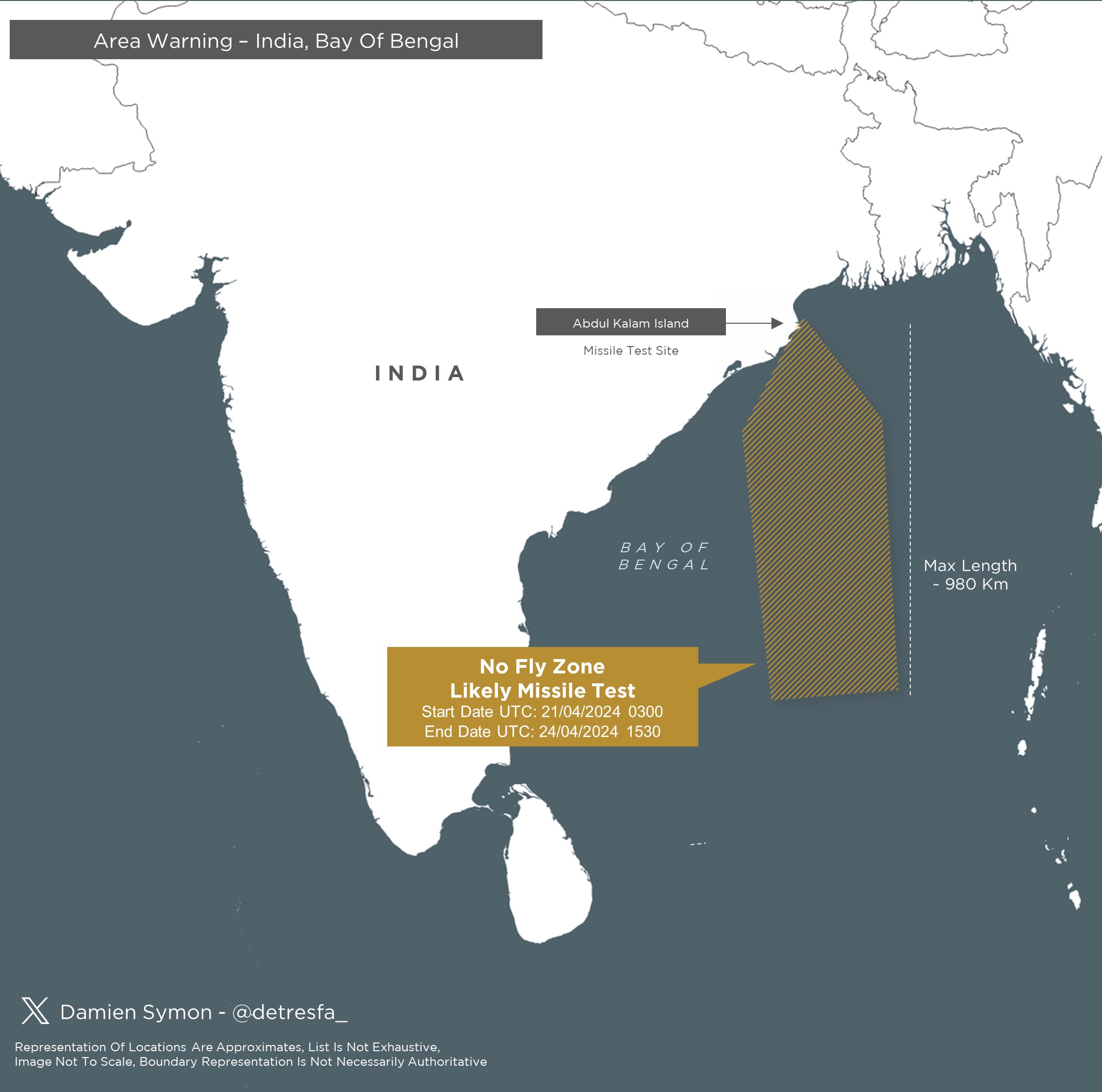
India has issued a Notice to Airmen (NOTAM) establishing a no-fly zone over the Bay of Bengal region from April 21 to 24, 2024. This move typically precedes a missile test, and experts believe it’s likely connected to the testing of an Indian missile system.
The designated airspace encompasses a 980-kilometer trajectory, hinting at a test for a long-range missile. This characteristic aligns with the profile of the Indigenous Technology Cruise Missile (ITCM) project by India’s Defense Research and Development Organization (DRDO). The ITCM is a sub-sonic cruise missile designed for long-range deterrence.
Continue readingSOURCE: IDRW.ORG TEAM.

VU-Dynamics Private Limited, a manufacturer of defense equipment, has recently introduced two new loitering munitions, the APJK6C100 and the APJK2C40. These unmanned aerial vehicles (UAVs) are designed for long-range reconnaissance and attack missions.
The APJK6C100 boasts an impressive range of 100 kilometers and an endurance of 50 minutes. This extended reach allows it to strike targets far behind enemy lines. It can carry a 6-kilogram warhead, delivering significant firepower for its size. The APJK6C100 has a maximum altitude of 4 kilometers Above Sea Level Measured (ASML), offering a vantage point for surveillance and attack operations.
Continue readingSOURCE: IDRW.ORG TEAM.
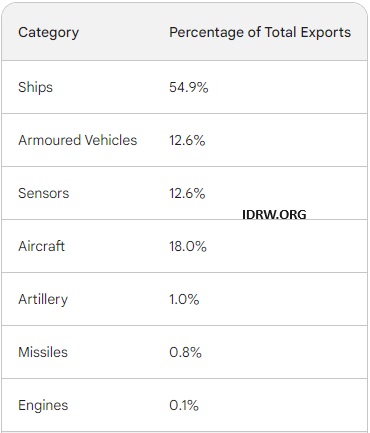
India’s defense exports have seen a significant rise in recent years, and the country is setting ambitious targets for further growth. In 2023-24, India has set a target of ?20,000 crore for defense exports.
The largest contributor to India’s defense exports is the shipbuilding industry. Exports of ships for the Navy and Coast Guard account for nearly 61% of the total defense exports. This highlights India’s capabilities in shipbuilding and naval architecture.
Continue readingSOURCE: IDRW.ORG TEAM.

India’s ballistic missile defense (BMD) program is set for a significant upgrade with the development of a new Long Range Radar (LRR), according to the Ministry of Defence’s (MoD) Annual Report for 2022-23. This radar system promises enhanced detection, identification, and tracking capabilities for ballistic missiles.
The LRR’s arrival coincides with the ongoing Phase-II of India’s BMD program. This phase, expected to be operational by 2026-27, will see the induction of two new interceptor missiles, further strengthening India’s multi-layered missile defense architecture. The LRR’s superior detection, tracking, and data transmission capabilities will be instrumental in ensuring the effectiveness of these new interceptor missiles.
Continue readingSOURCE: IDRW.ORG TEAM.

Bharat Electronics Limited (BEL), a leading Indian defense and aerospace company, has unveiled a groundbreaking innovation: a zero-emission Unmanned Surface Vehicle (USV) designed for hydrographic surveying and coastal surveillance. This versatile USV boasts eco-friendly operations and the potential for various applications, making it a valuable asset for both civilian and defense purposes.
The USV stands out for its commitment to sustainability. It leverages solar energy harvesting to power its operations, eliminating harmful emissions and reducing reliance on fossil fuels. This makes it an ideal solution for environmentally sensitive tasks like surveying and monitoring marine ecosystems.
Continue readingSOURCE: IDRW.ORG TEAM
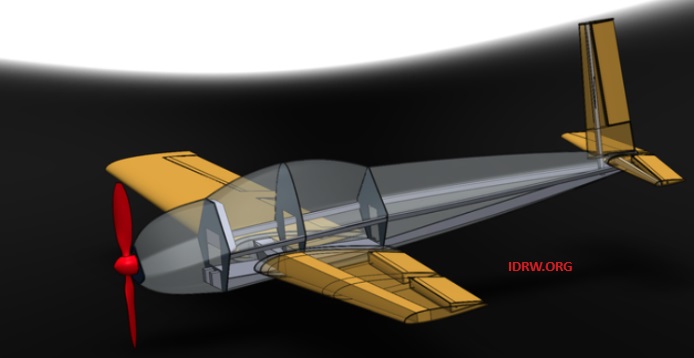
Coimbatore-based MANO AIRCRAFT is soaring into the future with their innovative Mano-I aircraft. This sleek, 2-seater carbon fiber plane is designed not just for thrills, but also for aspiring aircraft builders.
The Mano-I boasts a tandem seating arrangement, offering pilots a “top-gun” experience with independent control. But MANO AIRCRAFT isn’t just targeting seasoned aviators. The aircraft is specifically designed for ease of assembly, breaking down into five distinct kits – perfect for home-builders looking to embark on an aviation adventure.
Continue readingSOURCE: IDRW.ORG TEAM.

Ethiopia, a nation in the Horn of Africa, is inching closer to becoming the first African country to procure arms from India, according to sources familiar with the program told idrw.org. This potential deal, expected to be finalized by mid-2024, marks a possible turning point in Ethiopia’s military procurement strategy.
While specifics of the agreement remain under wraps, speculations point towards Ethiopia’s interest in acquiring anti-drone systems, small arms, and potentially a more significant weapons system. Traditionally, Ethiopia has relied heavily on Russia and China to fulfill its military needs. This upcoming deal with India signifies a potential diversification of its arms suppliers.
Continue readingSOURCE: IDRW.ORG.

India’s ambitious S5 class of nuclear-powered attack submarines is inching closer to a critical milestone. With the design stage nearing completion, the program signifies a significant step forward in the country’s naval modernization efforts.
Since at least 2019, whispers of the S5 program have circulated online, with sightings of hydrodynamic testing scale models fueling speculation. These models are miniature representations used to assess a submarine’s underwater performance.
Continue readingSOURCE: IDRW.ORG.
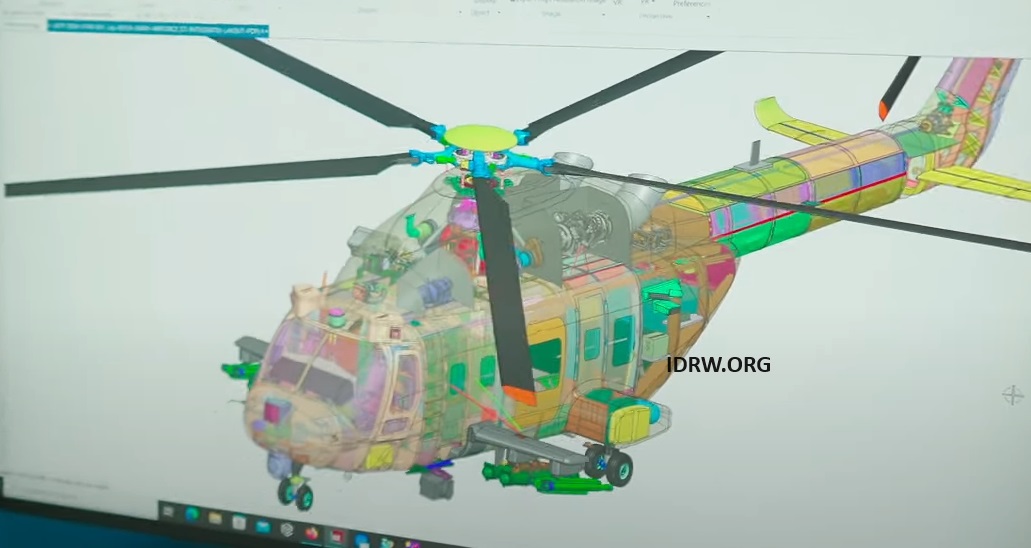
A computer-generated model of HAL’s upcoming 13-ton Indian Multi-Role Helicopter (IMRH), a medium-lift helicopter currently under development, has been revealed. The IMRH is depicted with an optional armament configuration, capable of carrying up to 1,500 kg of weapons externally.
The image showcases at least three hardpoints on each side of the helicopter, suggesting its ability to carry a dual ATGM rack of anti-tank guided missiles. It is also likely to be equipped with pods containing 57 mm and 80 mm unguided rockets, or even a nose-mounted 20 mm cannon.
Continue readingSOURCE: IDRW.ORG TEAM.
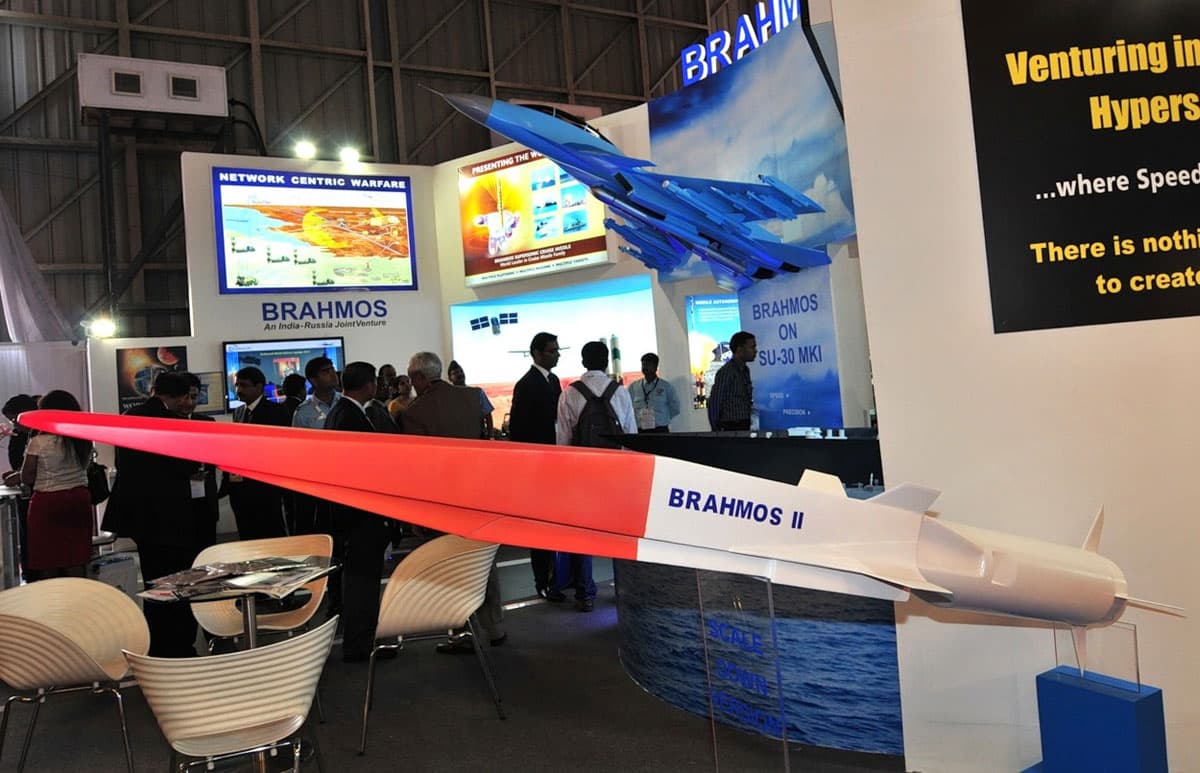
India is making significant strides in hypersonic technology with two key programs: the BrahMos-2 hypersonic cruise missile and the Hypersonic Technology Demonstrator Vehicle (HSTDV).
Developed collaboratively by the Indian Institute of Science (IISc) and the Moscow Aviation Institute (MAI), BrahMos-2 is a next-generation hypersonic cruise missile. This technological marvel is designed to achieve speeds exceeding Mach 7 (nearly 8,650 kilometers per hour) and possess a strike range of up to 600 kilometers.
Continue readingSOURCE: IDRW.ORG.
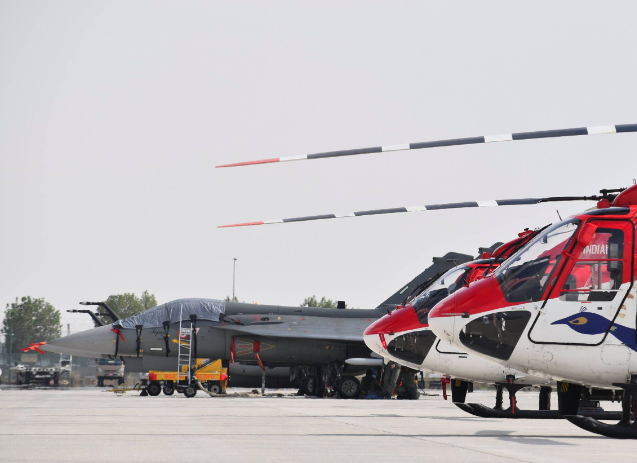
In a significant diplomatic move, the Philippines and India have embarked on a path towards enhanced defense cooperation. During a recent high-level meeting between Defense Secretary Gilberto Teodoro and Indian Minister of External Affairs Subrahmanyam Jaishankar, both nations expressed their commitment to deepening their defense relations.
One of the key agreements reached during the meeting was the establishment of a multi-level dialogue mechanism, aimed at facilitating regular communication and coordination between the defense establishments of the two countries. This mechanism is expected to serve as a platform for discussing a wide range of defense-related issues, including strategic cooperation, joint exercises, and defense procurement.
Continue readingSOURCE: IDRW.ORG TEAM.
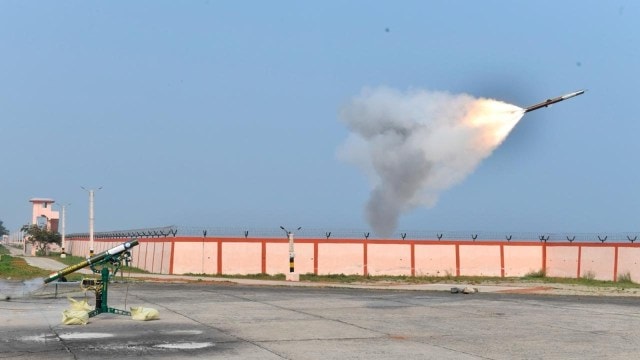
India’s Defense Research and Development Organisation (DRDO) is seeking industry collaboration to develop a crucial component for its next-generation air defense system, the Very Short Range Air Defense System (VSHORADS).
VSHORADS, indigenously designed and developed by DRDO’s Research Centre Imarat (RCI) in collaboration with other DRDO labs and industry partners, is a man-portable missile system for neutralizing low-altitude aerial threats.
Continue readingSOURCE: IDRW.ORG TEAM.

Dg Propulsion Private Limited (DPPL) has achieved a major breakthrough with the grant of their third patent, titled “A Hybrid System Comprising Integrated Micro-Gas Turbine and Fuel Cell.” This innovative technology represents a significant leap forward in power generation efficiency and environmental sustainability.
DPPL’s hybrid system merges two powerful technologies: micro-gas turbines and fuel cells. Micro-gas turbines, acting as miniature power plants, utilize fuel combustion to generate electricity. Fuel cells, similar to batteries, create electricity through a chemical reaction. By combining these technologies, DPPL’s system achieves exceptional efficiency in power generation.
Continue readingSOURCE: IDRW.ORG TEAM.

In a significant development highlighting the growing defense cooperation between India and Brazil, a delegation led by Brig. Gen. Marcelo Rocha Lima, Head of the Brazilian Army Project Office (EPEx), is currently on a visit to India. The primary objective of the delegation is to inspect ongoing defense projects and explore avenues for collaboration in various strategic areas.
During their visit, the Brazilian delegates had the opportunity to visit Bharat Electronics Limited (BEL), a leading Indian defense electronics company known for developing cutting-edge communication and cyber systems. This visit underscores Brazil’s interest in leveraging India’s expertise in defense technology and exploring potential partnerships in areas such as radars, electronic warfare systems (EWs), and anti-drone jammers.
Continue readingSOURCE: IDRW.ORG.
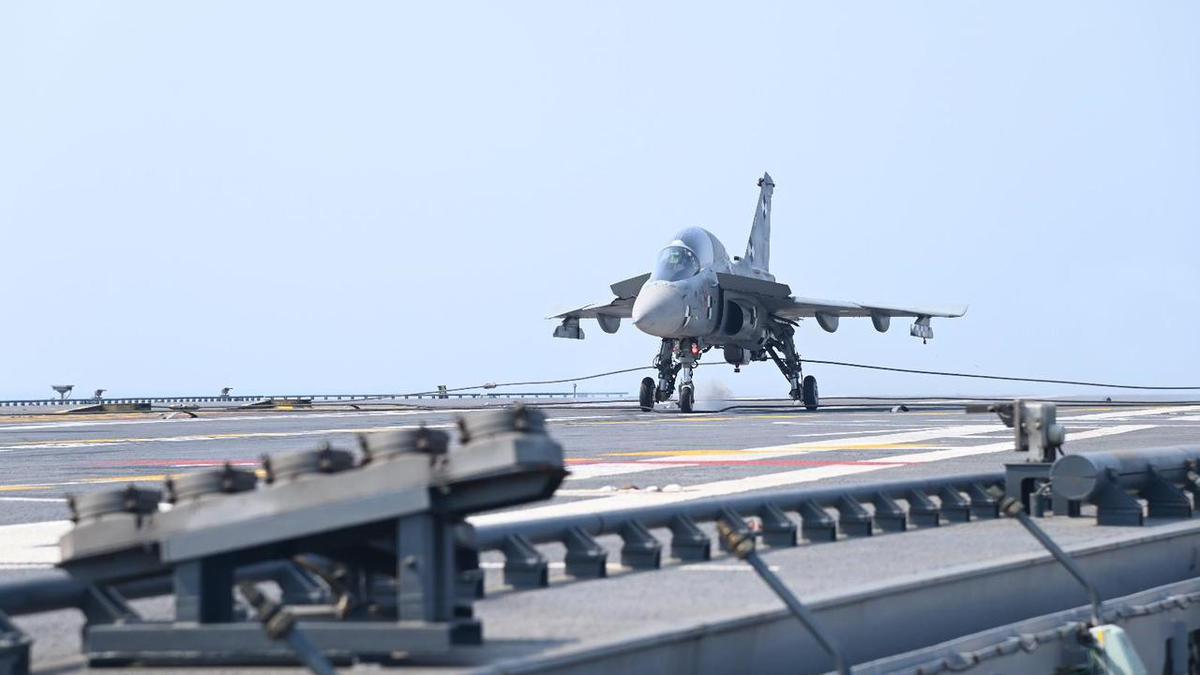
The US Navy’s search for a replacement for its long-serving Boeing T-45 Goshawk jet trainer appears to be nearing a key milestone. Budget documents released earlier this month indicate a potential procurement start date as early as 2026 for the Undergraduate Jet Training System (UJTS) program.
This development comes nearly six years after the Navy initiated its investigation into a T-45 replacement. Interestingly, the focus is not on a carrier-launched aircraft. The Naval Air Systems Command (NAVAIR) seeks a twin-seat, land-based jet trainer capable of simulating carrier landings for both Navy and Marine Corps pilots.
Continue reading